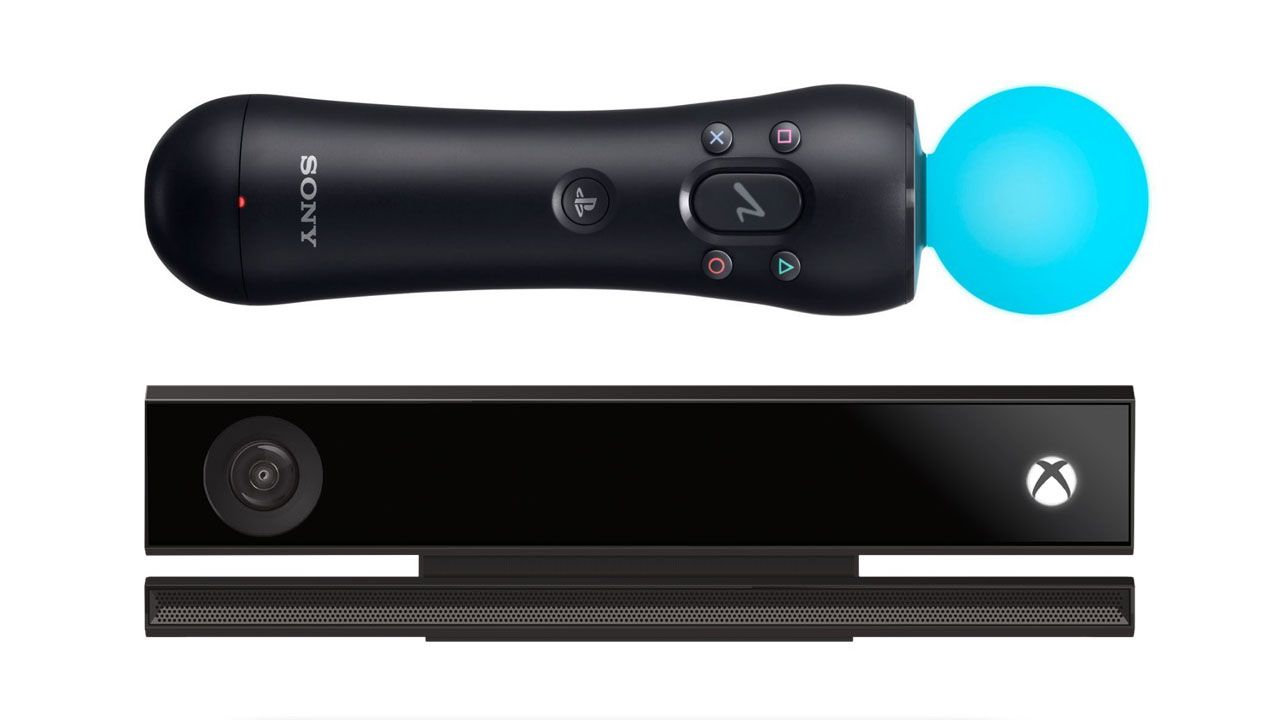Legendary Developer and id Software Technical Director John Carmack had a lot of good things to say about both next generation consoles during his keynote at Quakecom 2013, but he had a lot less love to share about Microsoft's Kinect, criticizing his latency, framerate and mode of interaction with the user.
Microsoft is putting a lot behind things like Kinect that...you know...I'm still not really sold on Kinect. I recognize that what I need and desire as a game developer or what I use the technology for might not cover the broad consumer base that they're looking for, so it's their play to make, but I think Kinect still has some fundamental limitations with the latency and the framerate on it.
When you interact with Kinect some of the standard interaction there like position and hold, waiting for different things...it's fundamentally a poor interaction and one way that I look at it is...I used to give Apple a lot of grief about the one-button mouse when anybody working with the mouse really wanted more buttons. Kinect is sort of like a zero-button mouse with a lot of latency on it.
(Editor's note: here the audience exploded in applause and cheering while Carmack tried hard not to laugh, can't say I don't see why...)
You move around and you select something, but because you can't snap your finger at it and make something happen...you have to wait for a time period or have some other trigger section there... Things like the PS Move where you're maneuvering around and you actually got buttons on it, or something like the Razer Hydra, where you got position tracking but also buttons to click, I think have some fundamental advantages.
It's possible that, as we get finer and finer grain control of the tracking, maybe you can start telling intentional little taps of the finger in virtual space, and that will help some of it, but I'm still not completely sold on it.
Kinect as far as waving hands around and moving things, it is still at least a directly proportional user interface, like a mouse, where you can say "I'm moving six inches here and it's going to be proportional that six inches of moving" which puts it in a better category than analog thumbsticks, where you're integrating your motion over time, but you're not directly manipulating things, bcause you're moving your hand here, but your watching the screen over there to see what's happening.
(Editor's note: have fun deciphering the next paragraph, as Carmack went down the tangent a little bit here...)
It's possible, if you had a viewer relative game, if you were using Kinect as sort of you social party game, or multiple people are playing, and at the same time when you are looking at the screen and you track where the viewers eyes was, and you knew where their hand was in perspective space, you could then sorta do...OK i'm touching that, i'm moving that over there. You would still have all the latency issues to deal with there, but it would be a much more direct interface.
Things like body tracking will have more benefit when you got things like a virtual reality system where you can see your rendered virtual hand interacting with rendered virtual things, so it's a technology that absolutely has a future, and Microsoft is pushing it hard, they've done a lot of excellent research with it, but I'm still not completely convinced that that's the cornerstone of the next gaming platform.
hard to disagree with Carmack here.Microsoft still has a lot to demonstrate with Kinect, especially due to the fact that with the Xbox One it'll be mandatory. If you want to check out the whole Keynote for yourself (it's extremely interesting, so it's worth about three hours of your life) you can find it in the playlist below. The part reported in this post is at the 25:40 mark in the first video.
//www.youtube.com/embed/videoseries?list=PLLfhkR8m8wYsgLEqr__PIWcrddcUvfEod

